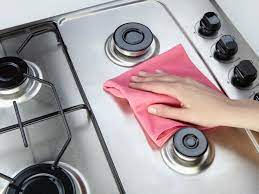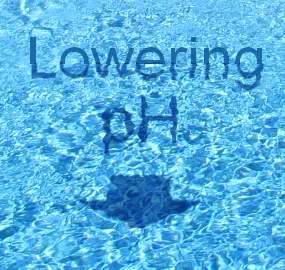pH Scale
pH Scale
The measurement of acidity or alkalinity of a water based solution
The pH scale in scientific terms, is an inverse logarithmic representation of hydrogen proton (H+) concentration. pH (potential of hydrogen) is a scale measuring the acidity or alkalinity of a water based solution.
The pH of a solution measures the hydrogen ion concentration in that solution. A low pH corresponds to high hydrogen ion concentration and a high pH corresponds to a low hydrogen ion concentration.
If a substance when added to water increases the concentration of hydrogen ions (lowers the pH) its called an acid. If a substance reduces the concentration of hydrogen ions (raises the pH) its called alkaline or basic.
Use the following to put the pH scale into perspective. 
For ease of understanding we can view the pH scale as a range of 0 to 14.
- a pH of 7 is neutral
- a pH less than 7 is acidic
- a pH greater than 7 is alkaline or basic
Each whole pH value below 7 is ten times more acidic than the next higher value. For example, a pH of 4 is ten times more acidic than a pH of 5 and 100 times (10 times 10) more acidic than a pH of 6. The closer to pH 0 you go, the more strongly acidic a solution is.
The same holds true for pH values above 7, each of which is ten times more alkaline than the next lower whole value. For example, a pH of 10 is ten times more alkaline than a pH of 9.
When chemicals are mixed with water, the mixture can become either acidic or alkaline. Acidic and alkaline are two extremes that describe chemicals. Mixing acids and alkalines can even out their extreme effects.
Similarly, hot and cold are two extremes that describe temperature. Mixing hot and cold water can even out the water temperature.
The following chart shows common substances in relation to the pH range.

A substance that is neither acidic nor alkaline (basic) is neutral. Pure water is neutral, with a pH of 7.0.
Vinegar and lemon juice are acidic substances, while laundry detergents and ammonia are basic.
How does the pH scale apply to cleaning products?
The pH of a cleaning product does not signify cleaning performance or strength. It simply indicates the concentration of hydrogen or hydroxide ions.
The pH reading measures "intensity" not capacity. pH indicates the concentration of acidity or alkalinity in the same way temperature tells how hot or cold something is, not how much heat the substance can carry.
For instance, the performance of a cleaning product cannot be determined simply by knowing the pH of the product. A common misconception about cleaning products suggests that a higher pH means superior cleaning.
What really happens in cleaning is that one is attempting to "neutralize" the impact of the acidic or the alkaline ions.
When a surface requires cleaning, the selection and use of the proper cleaning product results in the surface being cleaned or neutralized.
Most soils are acidic in nature, therefore it is desirable to formulate cleaning agents on the alkaline side of the pH scale.
Alkaline detergents neutralize acid soil, allowing the cleaner to produce more efficient and effective results.
Understanding the importance of pH is critical in the proper selection of cleaning products for a particular job.
For instance, pet urine, when excreted, has a pH on the acidic side of the scale. As it begins to dry, the pH changes to an alkaline. To clean with an alkaline based detergent would have little effect on neutralizing the urine. A cleaning product on the acidic side of the pH scale would be utilized to neutralize the urine.
How can the pH of a substance be known?
For accurate pH value readings, we can test a spot in question with Hydrion paper or pH strips. The spot to be tested is moistened with distilled water (neutral, which is pH 7) and blotted with the test paper to give a reading.
Once the pH has been determined, a cleaning product can be chosen which is best suited to neutralize the offending spot.
- Tags: cleaning cleaning tips hygiene science Tips
- Matthew Smith



Comments 0